We love it when a supplement manufacturer finds a way to improve a mainstay ingredient – something that’s been around forever, and has such well-established bona fides, that the industry takes it for granted and stops looking for ways to make it better. That’s the perfect time to innovate.
Animal Creatine Chews: A simple yet sublime innovation
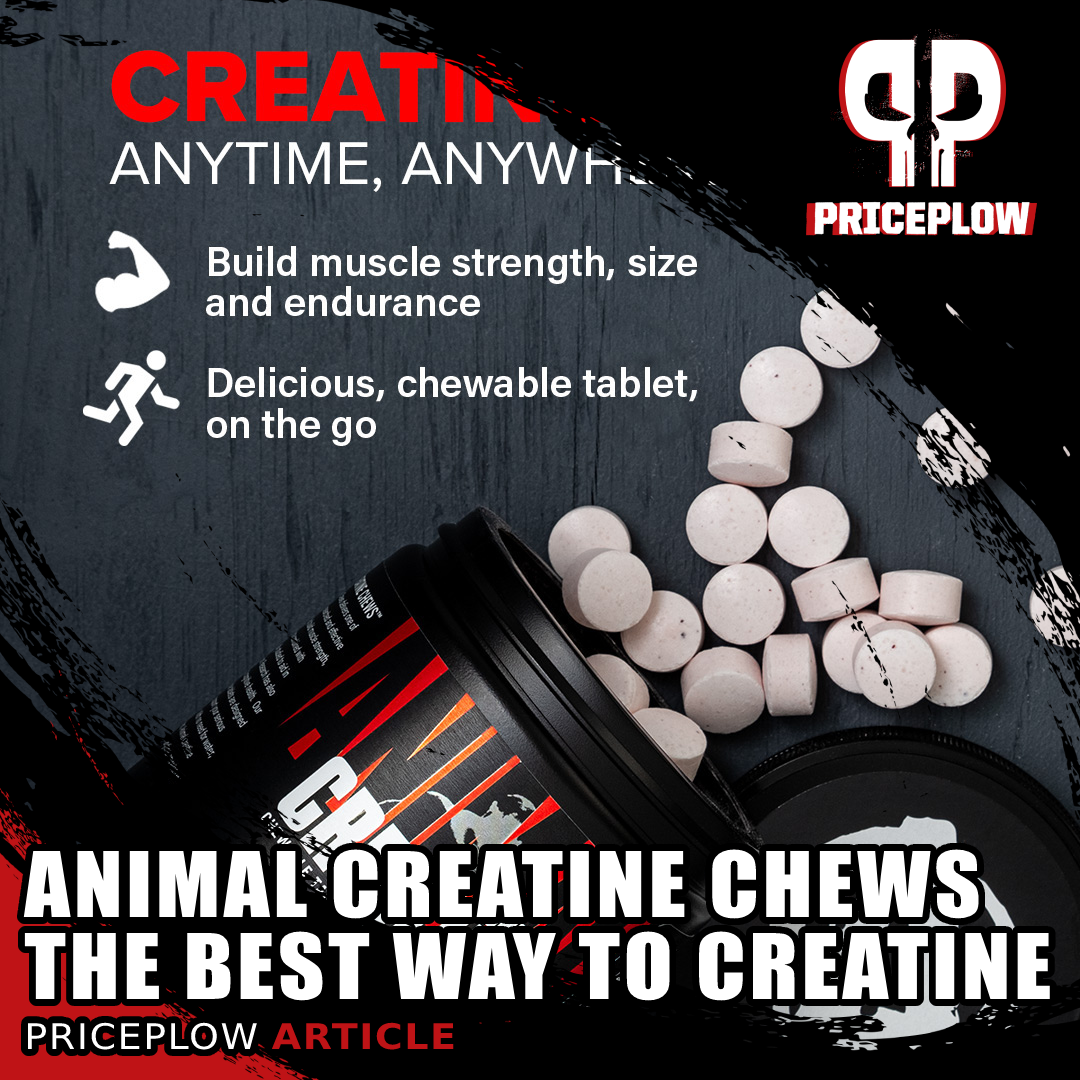
Universal Nutrition’s Animal Creatine Chews bring a fun and simple way to get creatine in – and they’ve got us hooked!
Universal Nutrition has done just that with their incredible new Animal Creatine Chews – a combination of creatine monohydrate, the most beloved ergogenic aid of supplement-taking athletes and bodybuilders the world over, paired with absorption-enhancing AstraGin and just enough carbohydrates to make it taste great and increase the uptake of creatine by your body.
These two seemingly simple innovations – putting creatine in chew form and combining it with synergistic ingredients – have had an enormous effect on the usability (and enjoyment) of creatine as a product.
Animal Creatine Chews have quickly become a PricePlow staff favorite. Put simply – we’re hooked on both flavors. We can’t get enough of them, especially because it’s one less powder supplement to measure and mix every day. And it serves as a nice little sweet snack to chew on. When you’re on a deep supplement stack, measuring all those powders can get tiresome – so yeah, we love the chews.
In this article, we recap the science behind creatine, and why it’s great to stack with AstraGin and some carbs. Long story short – they’re incredible-tasting chewable tablets – and aside from eating tons of ribeye, they’re what we consider to be the best and easiest way to get creatine in… ever. Before getting into the details, let’s check PricePlow’s coupon-powered prices and availability:
Universal Animal Creatine Chews – Deals and Price Drop Alerts
Get Price Alerts
No spam, no scams.
Disclosure: PricePlow relies on pricing from stores with which we have a business relationship. We work hard to keep pricing current, but you may find a better offer.
Posts are sponsored in part by the retailers and/or brands listed on this page.
This area is reserved for Team PricePlow's upcoming Product Review video.
Subscribe to our channel and sign up for notifications so you catch it when it goes live!
It’s no surprise to us that Universal Nutrition would be the company to do this, because they’re very much of the bodybuilding old school, around during the “golden age” with decades of solid- no-nonsense product launches behind them. Let’s get into the background:
Animal Creatine Ingredients
So, in a single serving of 4 chewables, you get:
-
Creatine Monohydrate – 5 grams
Although creatine is incredibly popular today, its manufacturers had to fight a lot of prejudice to get it where it is now. Believe it or not, when creatine first appeared on the scene, it was plagued by controversy from mainstream media (for instance, they were erroneously concerned about how it might affect kidney function). But now it’s 2022 and those concerns have been laid to rest, with new data on creatine showing that it’s safe and effective in both adults and adolescents.[1-3]
A 2021 analysis of the famous NHANES data (collected from 2017 to 2018) found no relationship between dietary creatine consumption (i.e., the creatine that occurs naturally in food) and kidney disease.[4] Regarding supplemental creatine, no less an authority than the Mayo Clinic states that creatine doesn’t appear to affect kidney function in healthy people.[5]
However, the key phrase there is “in healthy people”. Creatine may be unsafe for people with pre-existing kidney disease. If you aren’t sure how your body will react to creatine, ask your doctor about it.
The benefits of creatine
Now, with that out of the way, let’s talk about why creatine is so awesome.
There’s a mountain of research on creatine’s benefits for not just physical, but also mental performance. In clinical settings it has been shown to:
- Improve power output[7,8]
- Increase overall weight gain[8]
- Increase lean mass gain[8-12]
- Increase sprinting speed[13-15]
- Improve cellular hydration[16]
- Reduce fatigue[17-20]
- Increase overall sense of well-being[21-23]
- Improve cognition (in vegans and vegetarians)[24,25]
- Slightly increase testosterone levels[26-30]
- Increase bone mineral density[11]
The last four items on that list are especially applicable to anyone who doesn’t eat a lot of meat, which is the primary dietary source of creatine. Vegans and vegetarians would obviously fall into this category, so if you’re eating a plant-based diet, it may be time to consider supplementing with creatine.
Now that the safety profile of creatine has largely been established, the industry has moved on to other questions: how much creatine people should take, what type, and whether certain ingredients can synergize with creatine.
Universal opted to use creatine monohydrate in these chews, which is not a bad choice at all: it’s by far the most researched form of creatine, practically proven to work.
Creatine’s mechanism of action
Looking over the list of creatine’s benefits that we gave you above, you might be struck by the incredible range of creatine’s effects on the human body. It seems as if there’s no major aspect of mental or physical functioning that isn’t affected by creatine supplementation.
This wide range of beneficial effects makes sense when you learn how creatine actually works. It affects one of the most fundamental metabolic processes in the human body – if not the most fundamental.
We’re talking about adenosine triphosphate (ATP) production.
Creatine facilitates ATP production by acting as a phosphate donor. By delivering phosphate groups to your cells’ mitochondria, the organelles responsible for synthesizing ATP, creatine enables those mitochondria to combine the phosphate with adenosine diphosphate (ADP), which converts ADP to ATP.[31-34]
Donating a single phosphate group might not seem like a big deal, but it is: the difference between ADP and ATP is the difference between unusable energy and usable energy.
If your body were an engine, ATP would be the gas. It’s the basic unit of energy that your body burns to perform all – and we mean all – cellular processes.
Would rather have a powder? Look into Universal’s Animal Creatine XL, which we’ll be covering next!
ADP is more like crude oil – it may have energy potential, but you can’t burn it in your engine as fuel.
Suffice it to say, producing enough ATP for your cells to use as much energy as they demand is unbelievably important for optimal physical and mental performance. Without gas, you can’t drive the car at all.
Unsurprisingly, not just muscle cells benefit from increased ATP production – all the cells in your body benefit, which is why you see effects like improved cognition from creatine supplementation.
On the other hand, having low ATP levels can be disastrous. In mild cases, it means suboptimal energy levels and impaired mental or physical performance – in worse cases, ATP deficiency can cause serious disease.[35]
Creatine isn’t the only factor in ATP production, but it’s a major one. And although your body can technically synthesize its own creatine, the process of making creatine is metabolically expensive, and ultimately diverts large amounts of cellular energy away from more useful tasks. Creatine supplementation can reduce your body’s energy overhead, freeing up energy for things like exercise or thinking, which is one reason why it can improve mental and physical performance.[36]
So what’s creatine monohydrate?
Creatine monohydrate, as the name implies, consists of a creatine molecule bound to a single water molecule.[37]
Like we said, creatine monohydrate is the most-studied form of creatine by far, so if you want to take a proven form, monohydrate is what’s most often recommended.[2]
How much creatine should I take?
On average, this men lose about 1.6 to 1.7% of their total stored creatine each day.[38,39] For women, the number is a little less than that.[40]
In absolute terms, that means the average man loses about 2 grams of creatine daily.[40]
So supplementing with 2 grams per day would be a decent starting point if your goal is to maintain current creatine levels.
But we don’t want to just maintain creatine levels – we want to get our cells saturated with creatine. For us, then, approximately 2 grams per day is the bare minimum dose considered for supplementation.
Moreover, the precise amount of creatine that you excrete will also depend on the size and composition of your body, as well as your activity level. Larger, active people need more creatine, since creatine is depleted by exercise. One study found that exercise can increase urinary creatine excretion by up to 50%![41]
So if you’re active, that bumps your starting point up to 3 grams per day.
That’s why the industry has more or less settled on 5 grams per day as the standard dose of creatine. Just like creatine monohydrate is the most studied form of creatine, 5 grams per day is by far the most studied dose of creatine. If you’re taking 5 grams daily, you can rest assured that you’re getting the most out of your creatine budget.
The common practice is to begin creatine supplementation with a loading phase where you take 20 grams daily for 5 to 7 days. The efficacy of this practice is supported by research[35] – it does help you reach creatine saturation faster. However, for the overwhelming majority of people, 5 grams daily is enough to eventually saturate your creatine stores, even if it takes a little longer than it would with a loading phase.
Natural dietary sources of creatine
Another way to get some creatine in! Introducing Animal Beef Biltong from Universal Nutrition! If you haven’t researched biltong, now’s your chance. This stuff is unreal.
Beef is the best common dietary source of creatine, clocking in between 2 and 2.5 grams of creatine per pound of raw meat.[42,43] Chicken comes in second with a little less: 1.5 grams per pound.[44]
Technically speaking, herring (you know, the fish) is the best dietary source of creatine, with an incredible 3 to 4.5 grams of creatine per pound,[45] but very few Americans eat herring on a regular basis, so for most of us, beef is the best bet.
If you’re eating 2 pounds of beef, 3 pounds of chicken, or 1.5 pounds of herring every day, you probably don’t have to supplement with creatine, but again, this is an uncommonly high level of meat consumption by modern American standards.
Unfortunately, most Americans don’t get anywhere near enough creatine from their diet. The average American man gets about 1 gram of creatine from his food every day, and for women, that figure drops to 0.70 grams.[46]
Bottom line: if you follow anything approaching a normal American eating pattern, you probably should consider supplementing with creatine.
-
Panax notoginseng Extract (root), Astragalus membranaceus Extract (root) (AstraGin) – 25 mg
AstraGin is quickly becoming an industry standard ingredient for one awesome reason: the astragalosides and ginsenosides in this blend of extracts increase the amount of ATP that’s available to your intestinal cells.[47] With greater energy at their disposal, those cells are able to do more work, meaning they’ll absorb more of the nutrients and supplements that you ingest.[48,49]
Although relatively new, AstraGin has been studied quite a bit. There are over 20 published papers showing that AstraGin can significantly increase the absorption of a broad spectrum of nutrients, ranging from designer supplements to basic vitamins and minerals.[50]
Putting AstraGin in this formula means that Animal is helping you, the consumer, maximize the value you get in return for the dollar you spend on their products – and in the context of a creatine supplement, understanding AstraGin’s mechanism of action really helps drive home the importance of ATP for all metabolic processes.
Below, you can see NuLiv Science’s internal data showing AstraGin’s improvement of creatine absorption:
The macros – 16 calories / 4 carbs per serving
Animal Creatine Chews aren’t artificially sweetened! They actually come with 4 grams of carbs — nearly all in the form of added sugar from sugar and dextrose plus a dash of maltodextrin — to help sweeten and combine the product.
Magnesium stearate helps to bind it together (we’re actually huge fans of both magnesium and stearic acid, a saturated fatty acid), but it’s not enough to contribute 0.5 grams or more of fat, so consider the carb blend to be the main source of calories – 16 total calories per 4 chewable serving.
Perfect to add to your pre-workout energy or post-workout glycogen reload. Carb lovers will obviously want far more than that, though!
Flavors available
You have choices in how you chew:
These initial flavors are so good (Grape is like “Pez candy”!) that we hope more are coming.
Conclusion: Animal Innovates the way we like

Great tasting, easy to mix, and fierce workouts – Animal Primal is a loaded pre-workout with novel new ingredients to try!
If you haven’t noticed, Animal has done some great edible stuff lately. Animal Creatine Chews are a fantastic follow-up to Animal Beef Biltong, a similarly awesome product.
We always suggest 3-5 grams of creatine per day, each and every day. It’s not a hard thing to do, but it’s still an extra thing to do. One more powder to dump into one of your many drinks in the day.
Universal Nutrition has solved that “problem” (which we’ll definitely call a first world problem, but a problem nonetheless) in a very simple manner – by making it fun and delicious and worth a sweet snack! Great for a bit more pre-workout energy (take next to Animal Primal), or a dash of added carbs for your post-workout glycogen carb reload. Either way you want it, we admit that Animal Creatine Chews have us pleasantly hooked, and they’ll probably do the same for you too.
So why are you still drinking your creatine when you can be chewing it?!
Universal Animal Creatine Chews – Deals and Price Drop Alerts
Get Price Alerts
No spam, no scams.
Disclosure: PricePlow relies on pricing from stores with which we have a business relationship. We work hard to keep pricing current, but you may find a better offer.
Posts are sponsored in part by the retailers and/or brands listed on this page.

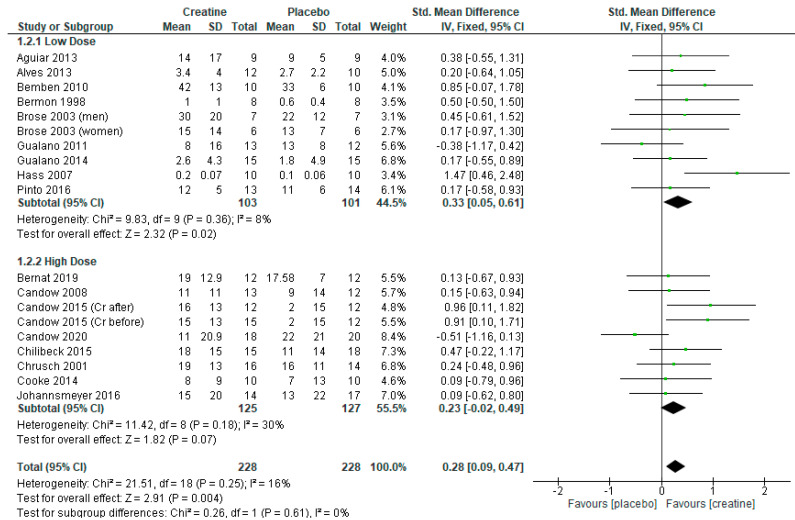
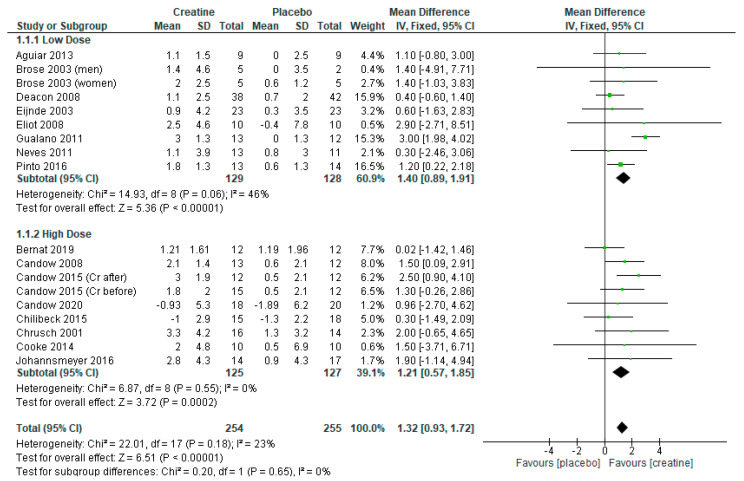



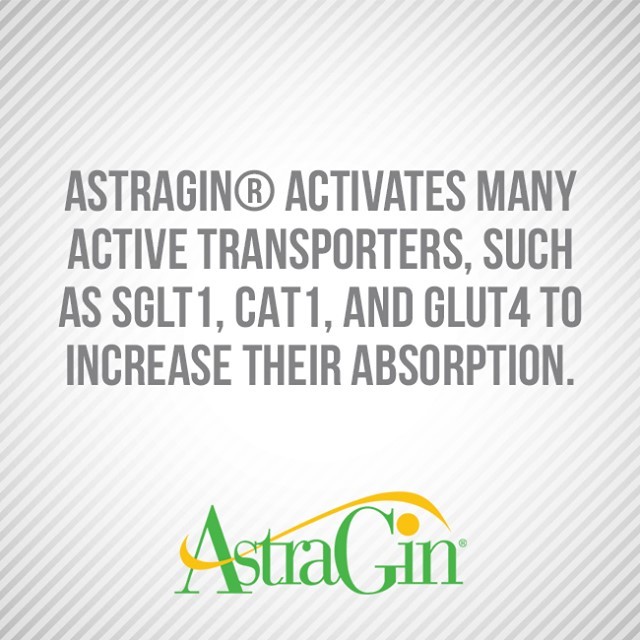
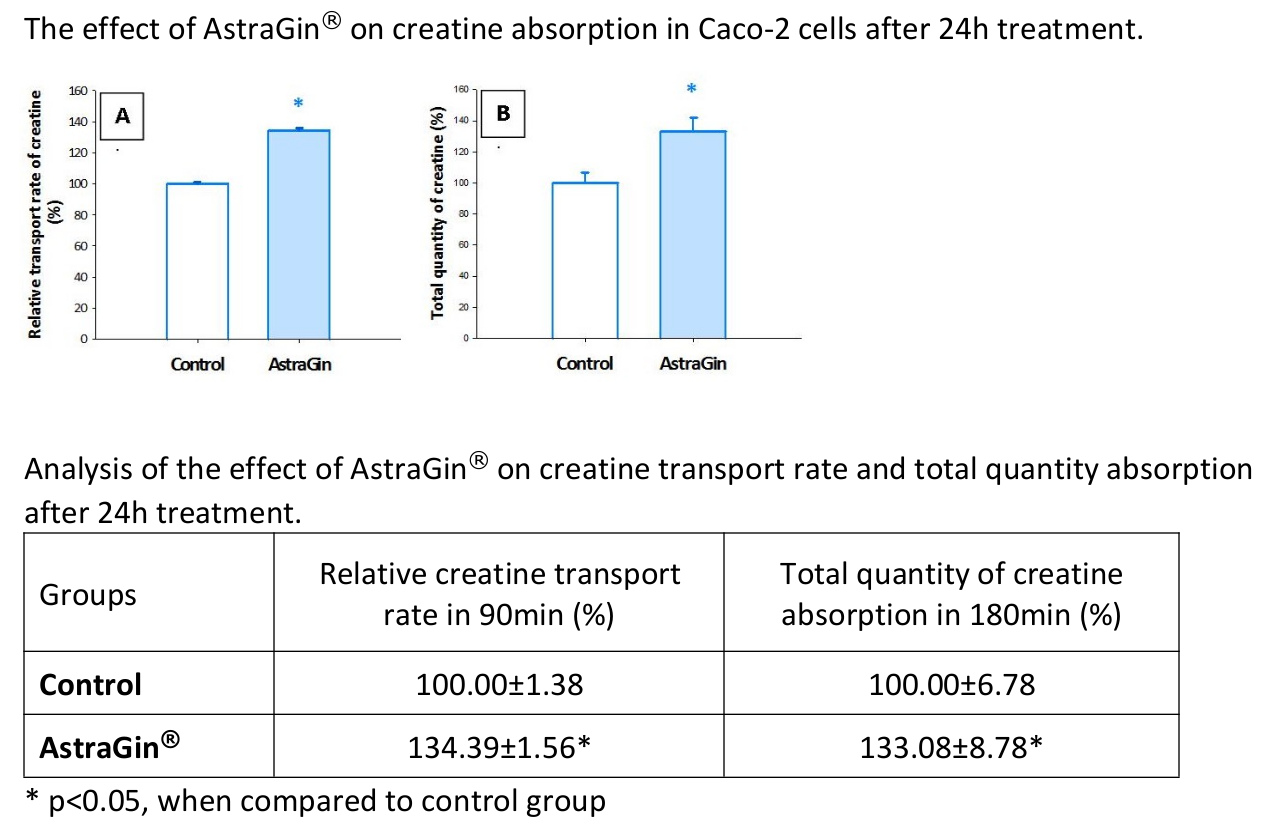
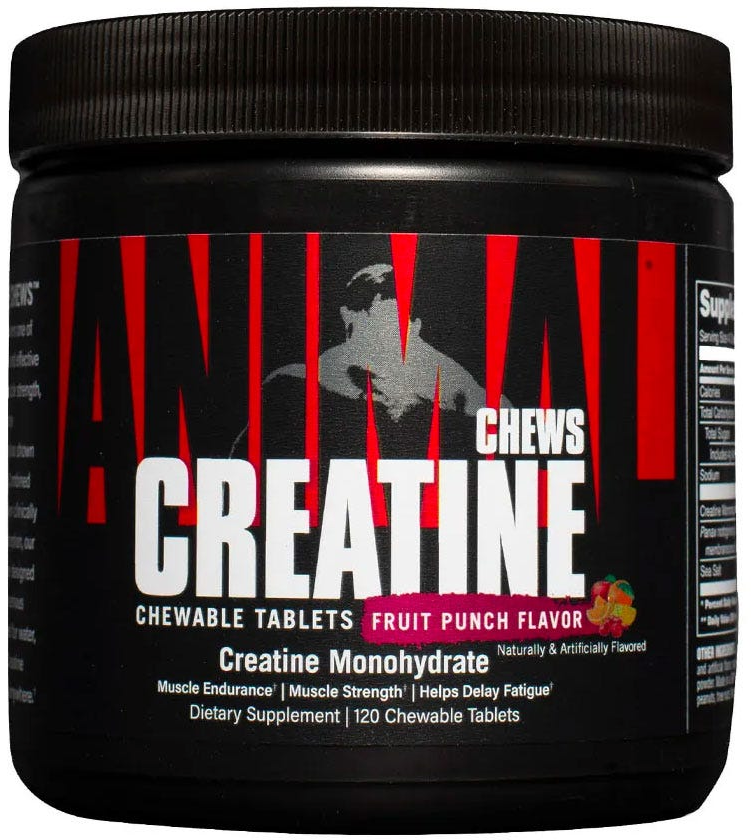



Comments and Discussion (Powered by the PricePlow Forum)